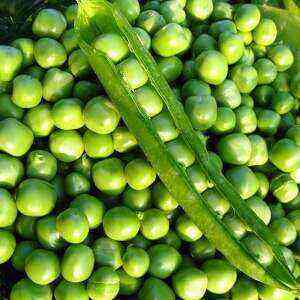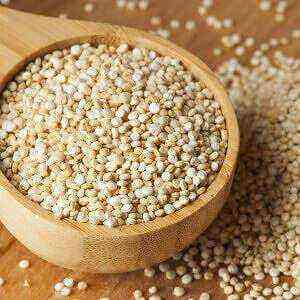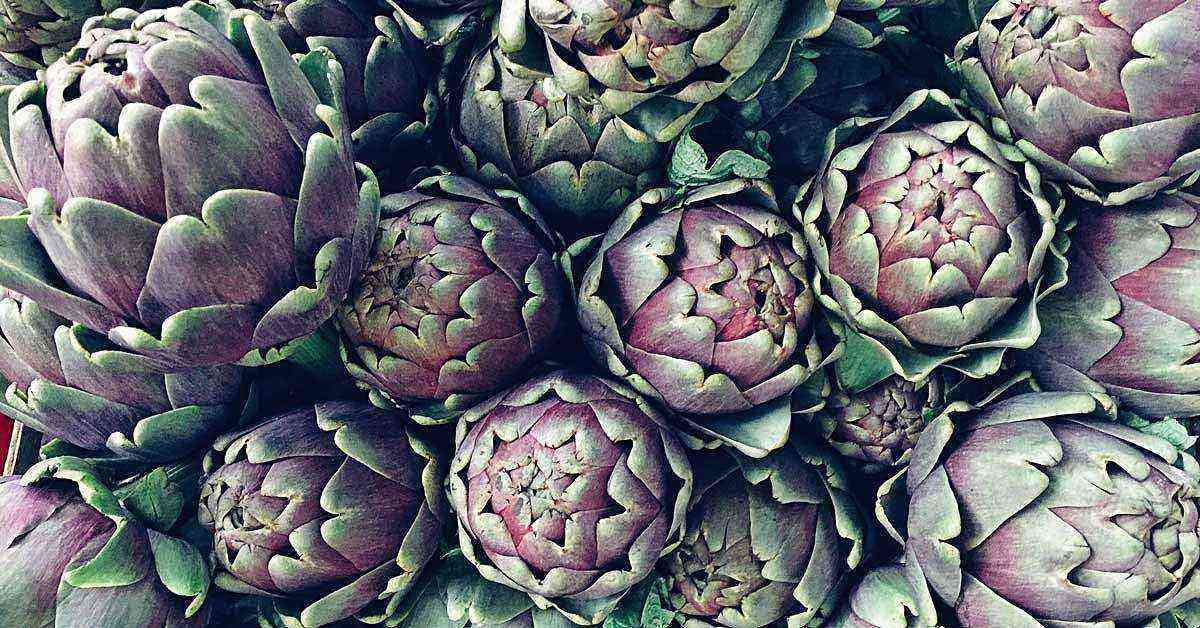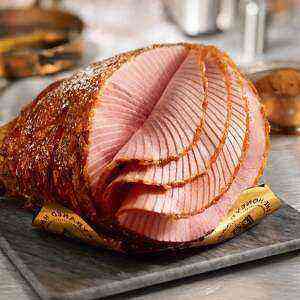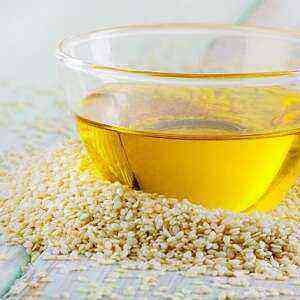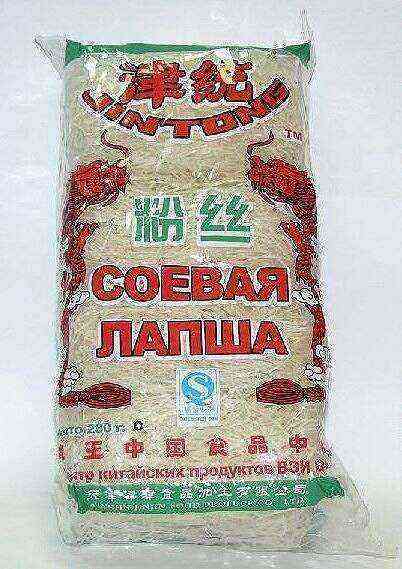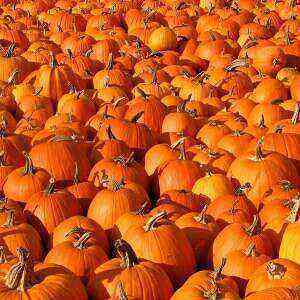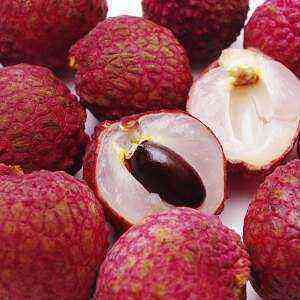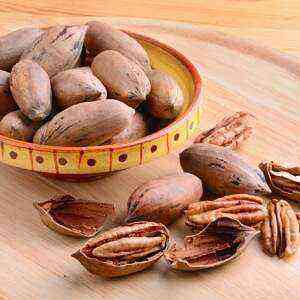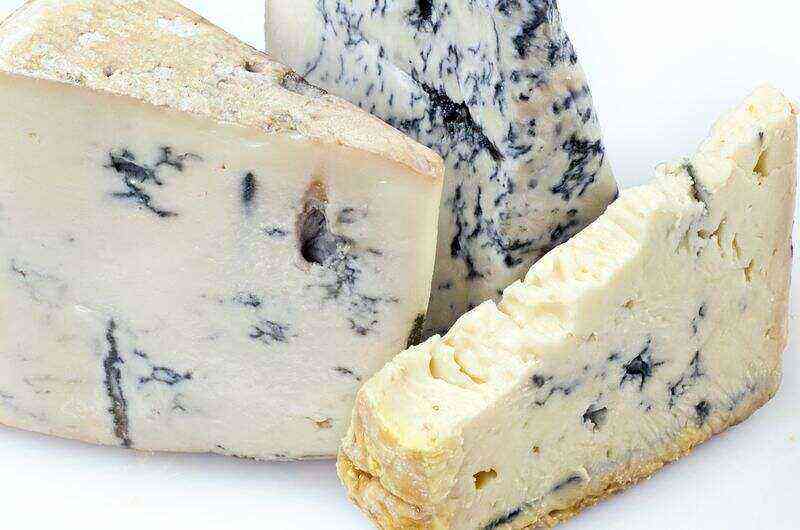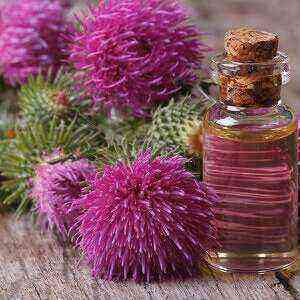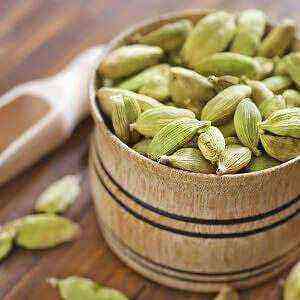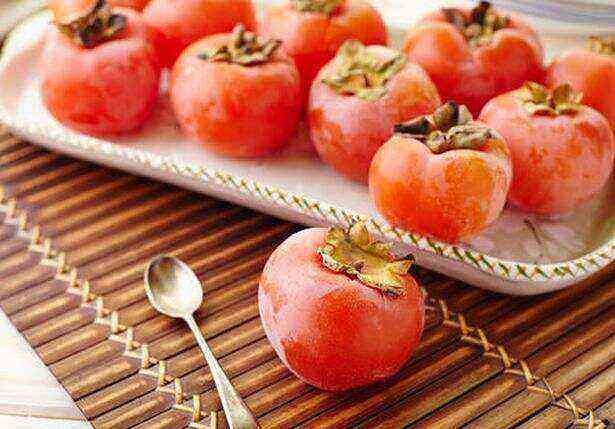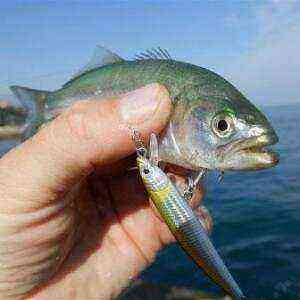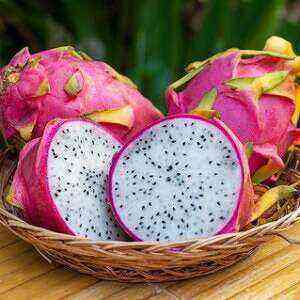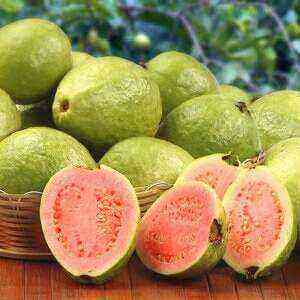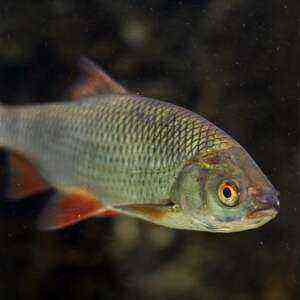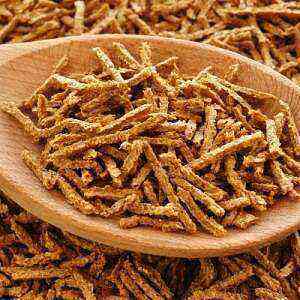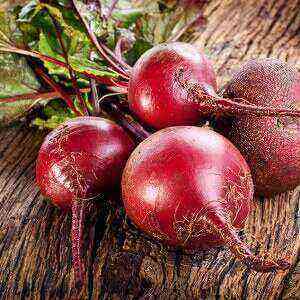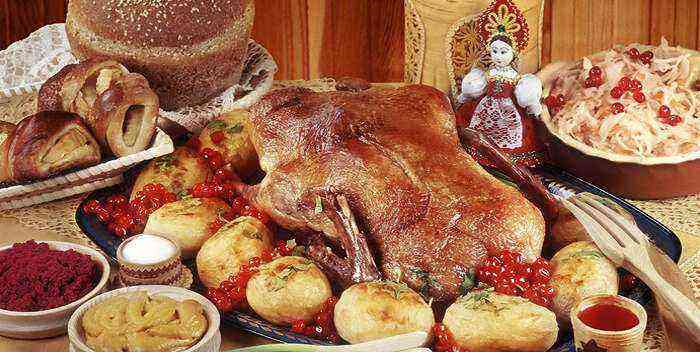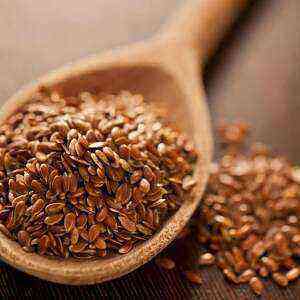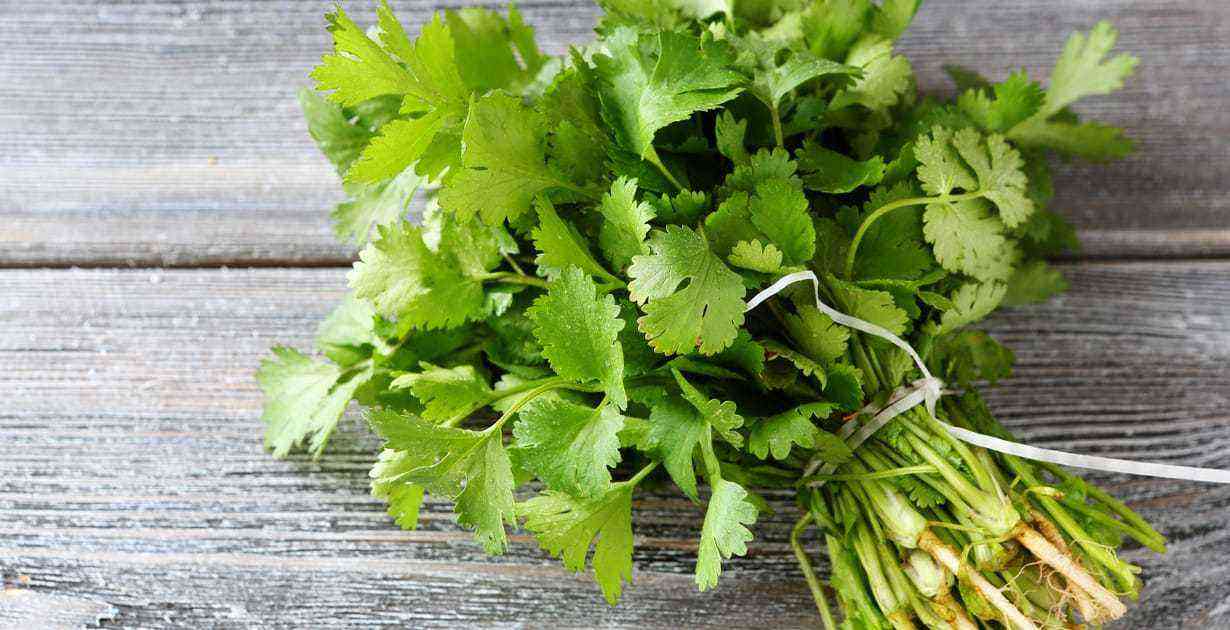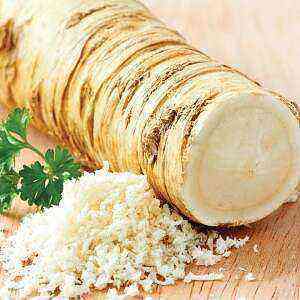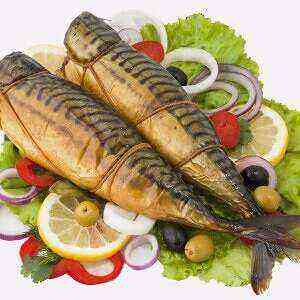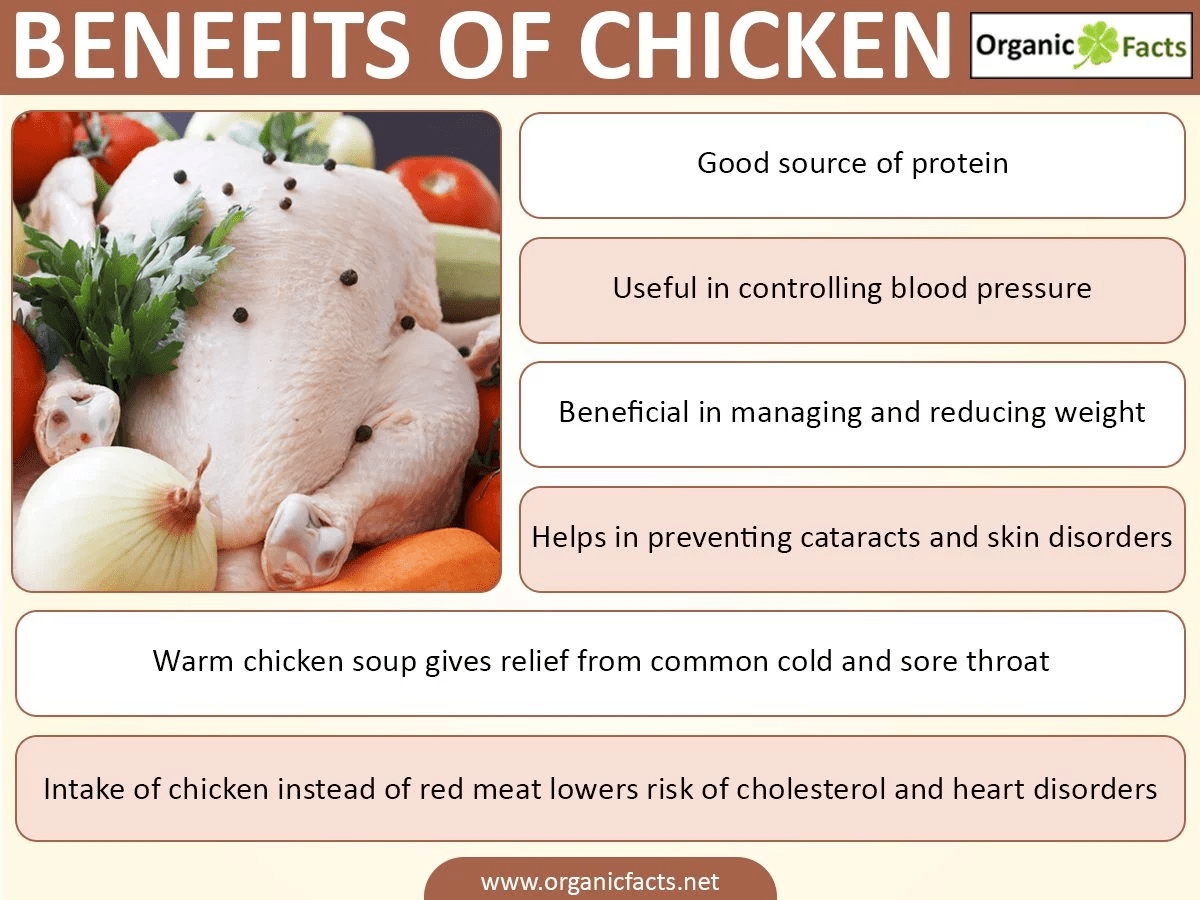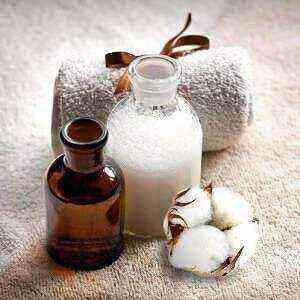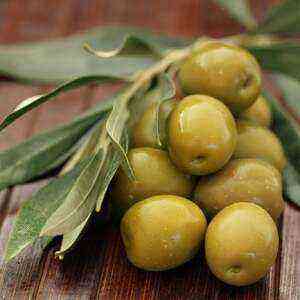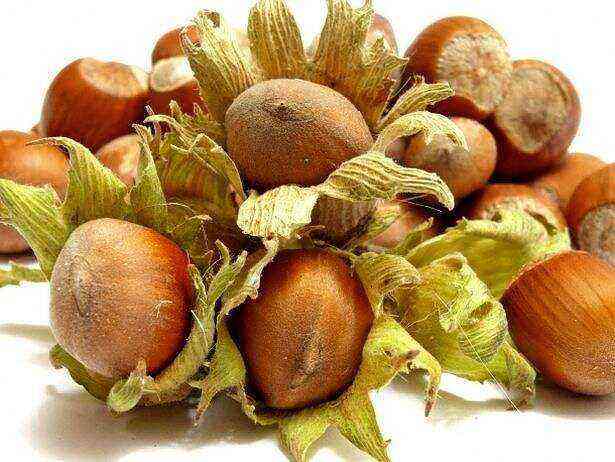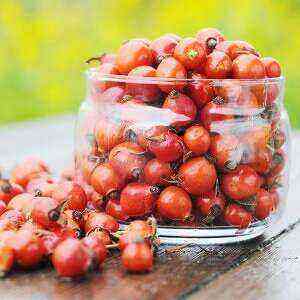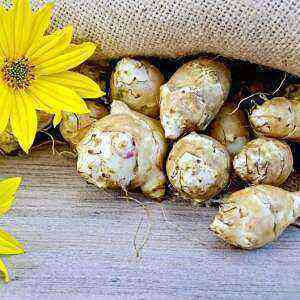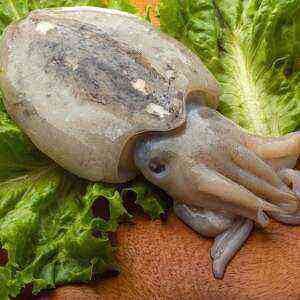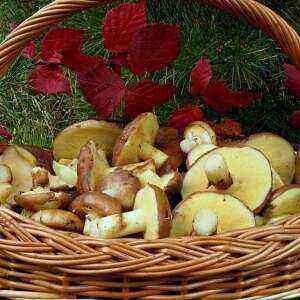
Where to collect and how to find out
The boletus got its name because of the slippery and oily to the touch cap, which is the main feature of these mushrooms. It can be convex or flat in shape, but it is always smooth and sticky. The flesh of the butter is white or yellow, but on the cut it turns blue or red under the influence of air.
Distributed in the European part of Russia, in the forests of Belarus and Ukraine. Experienced mushroom pickers say that boletus grows in sunny glades in pine forests or among young spruces .… Large mushroom families are found in places with caked needles, but besides it, there must be grass and bushes – without them, boletus does not grow. Depending on the region of growth, Siberian, cedar, marsh, larch and other types of boletus are distinguished.
Larch type of mushrooms, as the name implies, grows in deciduous forests. Young representatives have a convex hat, old ones – flat. These mushrooms are yellow-orange or brownish in color.
Summer boletus (also called granular) are found in pine forests. Their caps are colored yellow-brown or even brown, and their creamy flesh slightly smells like fruit.
Late (or common) boletus is the most common type of mushroom. They are popularly known as real or yellow. They are recognized by their sticky, reddish-brown hat, under which a deep yellow tubular layer is hidden. The pulp is white or yellowish. Favorite places of late boletus are among moss and blueberry thickets.
In addition to edibles, there are also false boletus that should not be eaten. Their main feature is a red (instead of yellow) spongy or lamellar layer under the cap. False mushrooms turn yellow on the cut. The inner part of the cap in poisonous specimens is gray, and the leg is with a purple tint. farmer-online.com.
Butterlets bear fruit from May to October in three stages: the first is when flowers appear on the pines, the second is when lindens bloom, and the third is when the crops are harvested from the fields.
Nutritional characteristics
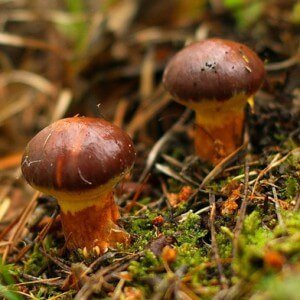
Analysis of proteins that make up butter showed that they are almost identical to animal proteins. Mushrooms contain essential amino acids, but their quantity and composition varies depending on the age and soil on which they grew. Most proteins can be found in young mushrooms, more precisely in their caps, since the legs are less saturated with nutrients. It is also interesting that a kilogram of dried butter contains almost three times more proteins than a similar amount of beef or fish. .… And although, according to nutritionists, the body absorbs mushroom proteins worse than meat proteins, properly prepared butter is an excellent source of useful components.
Another important element of fungi is chitin (the one that makes up the shells of mollusks). A high concentration of this substance is found in the legs of mushrooms, which makes them harder than the caps. Because of this, some refuse this part of the product, which is not always justified. Chitin is a type of vegetable fiber, which, in addition to the well-known benefits (quickly satisfies hunger, regulates the digestive tract), absorbs and removes toxins and other harmful substances from the body.
If we talk about vitamins, then boletus belongs to the record-breaking products for the content of B vitamins. By the concentration of these useful substances, they can compete with fish, liver, cereals and butter. In addition to B-substances, oils contain equally useful vitamins A and C. And at the same time they remain an extremely low-calorie product: 100 g of fresh oil contains no more than 19 kcal ..
Medicinal properties
The medicinal use of mushrooms is not new. This practice is over 2000 years old. In Russia and China, traditional healers regularly used this category of products to treat a variety of diseases. Many peoples have traditionally used oil extract for the preparation of libido-enhancing agents. And thanks to the resinous substances that make up these mushrooms, they were used for embalming.
Modern research has shown that oils, in particular in the sticky skin on the cap, contain substances with antibiotic and immunostimulating properties. .… Today, the mushroom extract is used to treat gout, headaches, visual disturbances and metabolic processes, to improve the functioning of the nervous system and strengthen blood vessels. These mushrooms are useful as a tonic and tonic. They are important for the prevention of salt deposits and for the improvement of gastric acid secretion. Thanks to the lecithin contained in mushrooms, this product is useful for lowering cholesterol levels and preventing the formation of atherosclerotic plaques.
Well, old recipes have not been forgotten either: butter oil is still used as an aphrodisiac. Today it is known that the effectiveness of this “love potion” is determined by the zinc in the caps. This substance has a beneficial effect on sperm motility, increasing their ability to fertilize.
Oil tincture
For the preparation of a remedy, you will only need hats. They must be finely chopped and folded into a liter jar. Pour the prepared mushrooms with vodka, insist in a dark place for two weeks. The filtered infusion is taken in a teaspoon before meals. Can be diluted with a glass of water. This remedy was used in the old days to treat diseases of bones, joints and muscles, as well as for migraines.
Possible hazards

Incorrectly cooked mushrooms are poorly absorbed by the body, so it is important to adhere to the rules for preparing butter. In addition, it is advisable to exclude this product from the diet of young children and people with digestive disorders and chronic diseases of the gastrointestinal tract (3).
How to prepare and what to cook
Before cooking, the mushrooms must be carefully sorted out, discarding unfamiliar or suspicious specimens. To clean the sticky caps of needles, leaves and particles of earth, the oil is poured with cold water for a while, then rinsed. Before cooking, it is advisable to fill the mushrooms with salted water again (for about three hours). This technique will get rid of all insects and worms “lost” in the pulp.
To make butter dishes tasty and safe, they must be well soaked in cold water before cooking and boiled until cooked. At the same time, it is important not to mix representatives of different species. Nutritionists advise taking finely chopped mushrooms for dishes – this way they are better absorbed by the body. Another highly digestible option is dried and powdered. In this form, they will suit most dishes. It is recommended to store ready-made butter dishes in the refrigerator for no longer than 30 hours.
Any kind of butter can be used to cook boiled, stewed or fried dishes. But when choosing a cooking method, it is important to understand that heat treatment affects the concentration of nutrients in the product. When making reserves for the winter, in order to preserve the maximum of vitamins and minerals, it is better to dry the mushrooms than to pickle them.
And one more piece of advice from experienced chefs. Butterlets of the first wave, that is, early ones, are suitable for making soups, stews and seasoning with dried mushrooms. But salting them is undesirable. But mushrooms of the second and third waves are ideal for pickling and salting.
And if the early mushrooms are considered the most fragrant, then the late autumn ones are the most nutritious and delicious.
“Semi-finished product” from butter
For cooking, you will need washed and peeled oil. Boil the mushrooms until tender with 1-2 onions, drain, chop into small slices and fry in oil with two raw chopped onions. Close to the end of cooking, salt and add other spices. The boletus prepared in this way can be stored in the refrigerator as “raw material” for future soup or stew, added to stewed potatoes or meat.
 Mushroom cutlets
Mushroom cutlets
Grind the boiled boletus, add chopped onions (can also be ground), a little bread soaked in milk, an egg. Season the minced meat with salt, pepper, and other spices if desired. Form cutlets from the finished mixture, dip in breadcrumbs, fry.
Butter with potatoes
Place a few slices of butter and sliced raw onions on the bottom of the ovenproof dish. The second layer is boiled and then fried butter. The third layer is sautéed onions. The top layer is potatoes. Pour all over with salted sour cream, sprinkle with dill and bake in the oven.
Marinated mushrooms
You can pickle butter in several ways. Some recipes suggest using only hats, others – taking small young mushrooms. In any case, it is undesirable to mix old and young specimens in one jar.
Peeled mushrooms (be sure to remove the film on the cap – from it the mushrooms darken and get a bitter aftertaste) boil with the onion. Throw the finished boletus into a colander and, while the excess liquid drains, prepare the marinade. It will need 1,5 liters of water, 6 percent vinegar (150 ml), 1,5 tbsp. l. salt, 2 cloves buds, 2 bay leaves. Arrange the mushrooms in jars, pour boiling marinade and sterilize before rolling (liter jars – 25 minutes, less – 15 minutes).
How to grow mushrooms yourself
For growing oil in the country, a site under a coniferous tree is better suited, but if one is not found, you can try to germinate under a deciduous tree. It is desirable that this be a 10-15-year-old tree, under which a light shade is formed.
As for the soil, acidic soils and enriched peatlands are ideal for oil. ..
The correct “bed” for oil consists of several layers. To create it, you will have to remove the top layer of soil to a depth of 20 cm. The bottom must be covered with plant materials in the form of mowed grass, fallen leaves, wood, pine needles. For the second layer, it is recommended to use the soil from the place of the forest mycelium (in an extreme case, the usual garden one, previously enriched with humus, will do). Sow the finished bed with mycelium, cover the top with a thin layer of leaves and a small amount of garden or forest soil. In a drought, the mushroom bed needs to be moistened. The first harvest will appear in a year. The mycelium created in this way bears fruit for 10-15 years.
Butter mushrooms are incredibly tasty and healthy mushrooms. But, getting out into the forest, in no case should you collect unknown specimens. The same rule applies when buying a product on the market. Only edible mushrooms can be beneficial. Otherwise, a jar of pickled butter can turn into poison for the whole family.
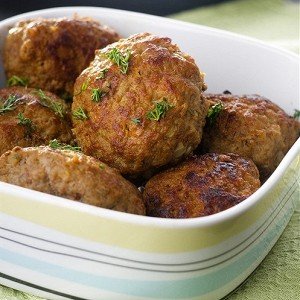 Mushroom cutlets
Mushroom cutlets